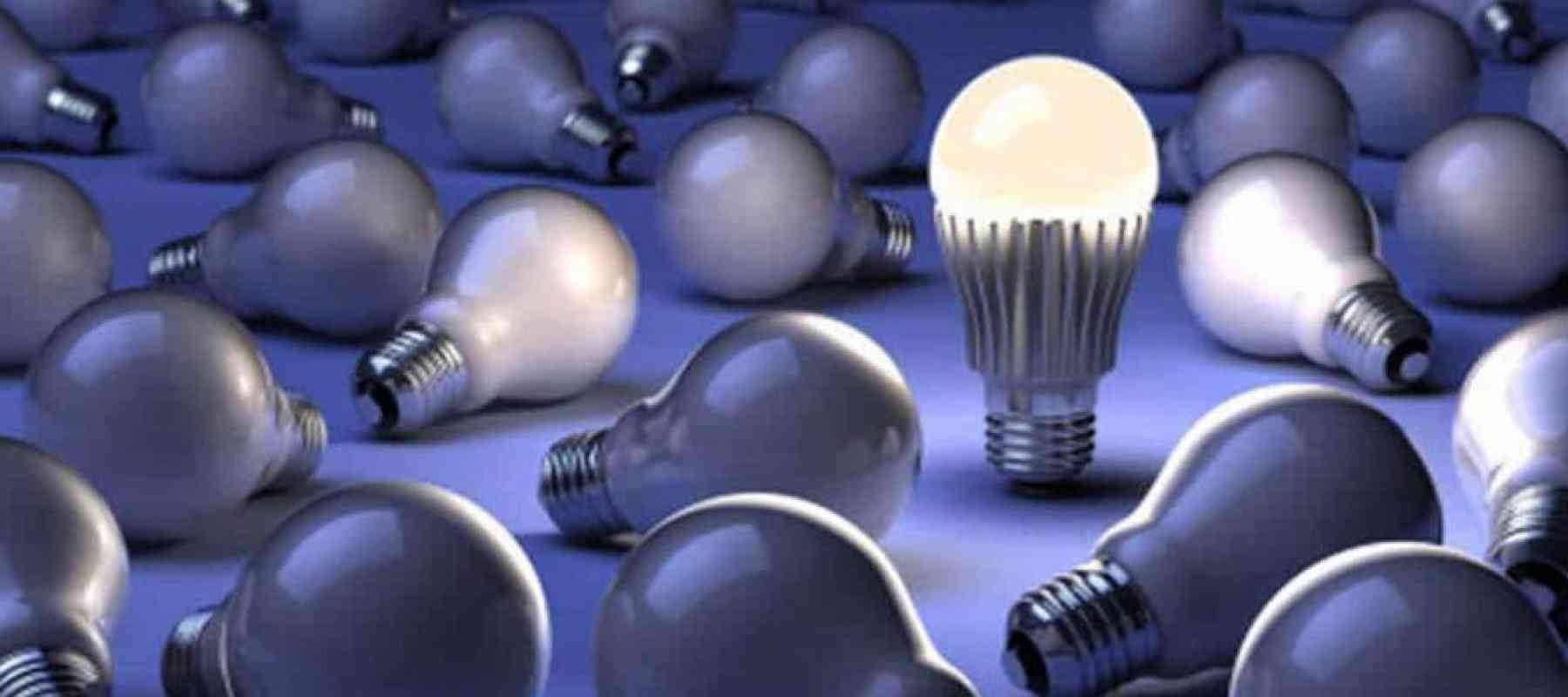LED lights are quickly becoming the most favored light source in American households. The United States Department of Energy has estimated that due to rising demand, prices for LED bulbs have dropped ninety percent since 2008.
LED bulbs are targeted towards customers through guaranteed savings. These savings have been proven by the Consumer Federation of America. Recently conducted studies about switching over to LED lighting have shown individual projected savings are greater than $1,000 over the span of the next 10 years.
What the Consumer Federation of America also found notable is that these bulbs only use approximately one dollar of electricity annually and usually cost less than five dollars to purchase! In comparison with incandescent and halogen bulbs, LED proves to be the cheapest, most efficient, and longest lasting option.
LED hasn't always been the most cost effective option. When they first released they were very expensive, more so than other light bulbs on the market. Some people also complained that they gave off inadequate or uncomfortable light. Thanks to the LED technology revolution, improvement and solutions were made to address all of these issues. Price went down with increasing demand and new features that were added include color customization and programmable day and night settings.
So, it’s no surprise that a 2015 Department of Energy study discovered that nearly 78 million LED bulbs had already been used in the United States since they were first introduced to the market. This was a huge jump from 400,000 LED bulbs that had been consumed by United States residents, recorded in 2009.
The amount of people switching to this form of lighting is increasing at an astounding rate for technology in modern society. This light bulb has drastically changed the demand for LED based energy products for an entire nation.
It should be noted that this switch in energy products is something the government has also pushed for. Starting back in 2007, many people pushed for the switch from incandescent bulbs to LED. Eventually, legislation was created to begin replacing incandescent bulb manufacturing with LED bulb manufacturing.
Over the years the benefits of these light bulbs were clearly seen by Congress, allowing them to help push the transition along. Going into full-effect back in 2012, the Energy Independence and Security Act of 2007 prevented the production of incandescent bulbs. Companies had until 2014 to completely halt production.
Surprisingly, LED lighting boomed throughout the United States even though people didn't actually know much about light bulbs. In a survey, the Consumer Federation of America found that only 36 percent of people had a good understanding of light bulbs. Many consumers are even unsure of which bulbs they need to purchase when looking for replacements.
Companies can take strides to better educate consumers about the products they are offering. Consumers can also do their part and research which LED lighting products would work best for them. LED lighting is energy efficient, cost effective, and available in a variety of colors and luminosity.




